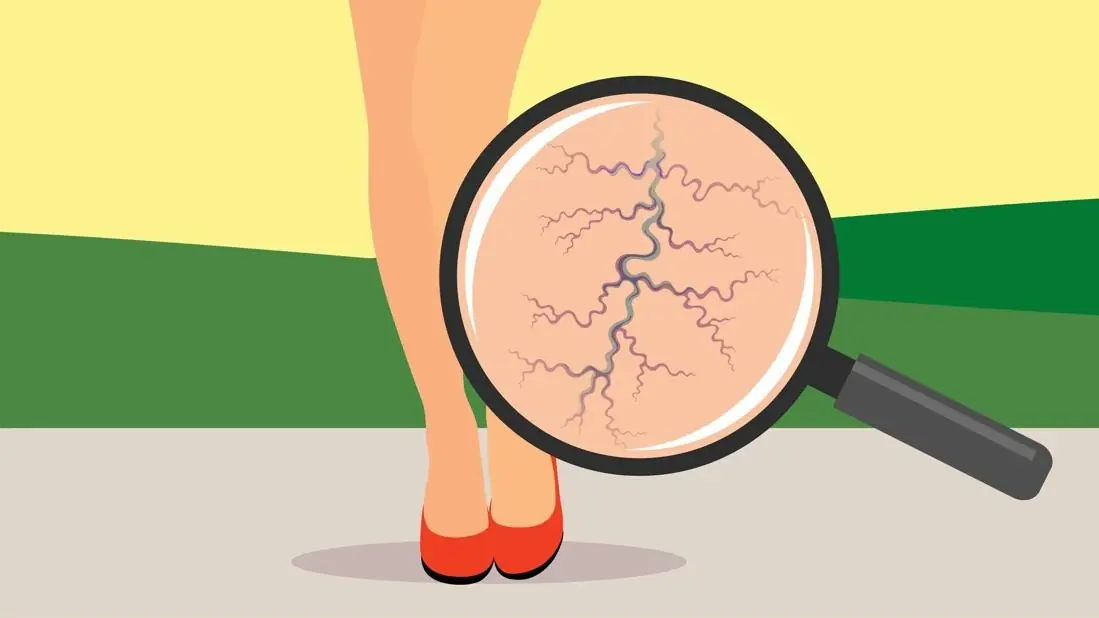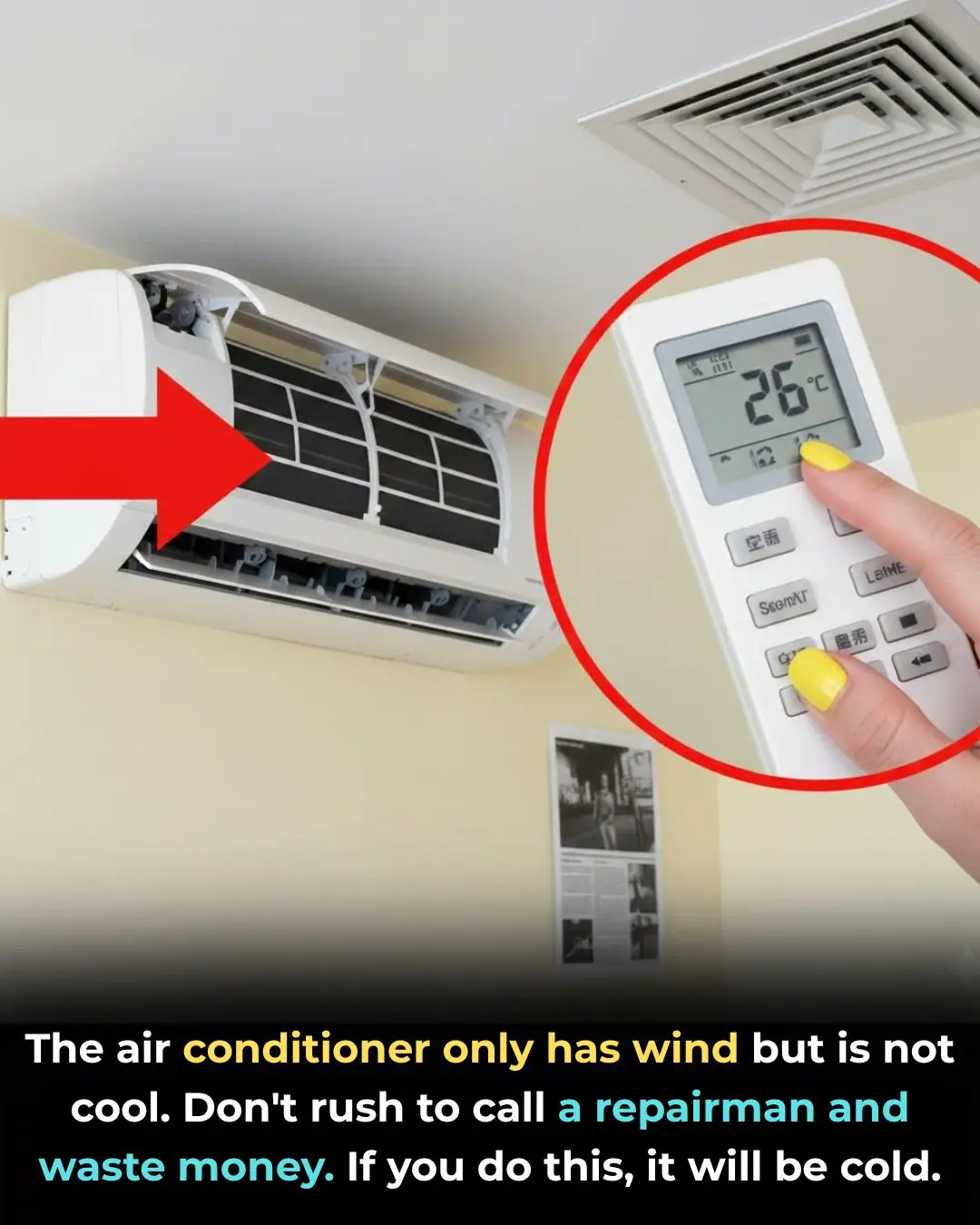
10 Effective Ways to Reduce Dust in Your Home – Keep Your Living Space Clean and Healthy
10 Effective Ways to Reduce Dust in Your Home – Keep Your Living Space Clean and Healthy
Dust is a common problem in every household. While it’s impossible to eliminate it completely, you can significantly reduce dust by adopting a few simple and practical habits. Below are 10 effective ways to eliminate dust, supported by information from trusted organizations such as the EPA (Environmental Protection Agency), WHO, Mayo Clinic, and the American Lung Association.
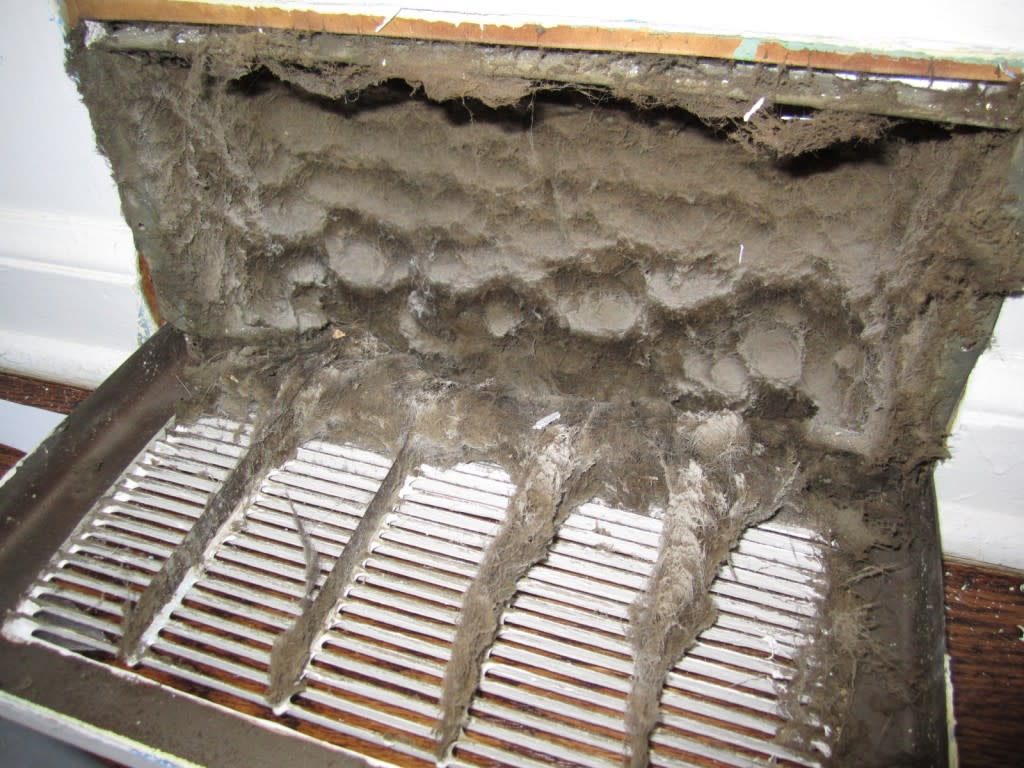
1. Understanding Dust and Where It Comes From
Dust is made up of many components, including dead skin cells, pollen, pet dander, fabric fibers, soil particles, and other microscopic debris. It comes from both indoor and outdoor sources and can build up quickly if not controlled.
According to the EPA, dust is a mixture of many airborne particles that can accumulate in indoor spaces. Understanding its sources helps you choose the best cleaning strategy for a dust-free home.
2. How Dust Affects Your Health
Regular exposure to dust can lead to:
-
Sneezing and coughing
-
Itchy or watery eyes
-
Nasal irritation
-
Difficulty breathing
The Mayo Clinic and American Lung Association emphasize that dust can worsen allergies, asthma, and other chronic respiratory conditions. This makes dust reduction essential for a healthy home.
3. Choose the Right Cleaning Tools
To remove dust effectively, use:
-
Microfiber cloths – trap dust far better than cotton cloths
-
Electrostatic dusters – pull in dust instead of spreading it
-
HEPA-filter vacuums – capture 99.97% of tiny particles according to EPA standards
These tools help ensure dust is removed instead of pushed back into the air.
4. Create a Weekly Dusting Schedule
Dust builds up quickly, so consistency is key. Set up a weekly cleaning routine that includes:
-
Dusting surfaces
-
Vacuuming carpets and rugs
-
Wiping fans, shelves, and electronics
-
Cleaning air vents and filters
High-traffic areas may need attention more frequently.
5. Use Air Purifiers With HEPA Filters
Air purifiers equipped with HEPA filters can dramatically reduce airborne dust by trapping microscopic particles.
Place air purifiers in rooms you use most often, such as:
-
Living room
-
Bedroom
-
Home office
EPA also recommends replacing filters regularly to prevent dust from circulating back into your home.
6. Maintain Your HVAC System
Your HVAC system can either help control dust or make it worse. To ensure it reduces dust:
-
Replace air filters every 30–90 days
-
Clean air ducts regularly
-
Use high-efficiency or HEPA-grade filters
The American Lung Association warns that a dirty HVAC system can blow dust, allergens, and pollutants back into your living space.
7. Choose the Right Vacuum Cleaner
A good vacuum cleaner is essential for dust control. Look for:
-
A HEPA filter
-
Strong suction power
-
Attachments for different surface types
Empty the dust bin often to keep your vacuum operating efficiently.
8. Use Microfiber Cloths the Right Way
Microfiber cloths work through static and fine fibers that trap and hold dust.
You can:
-
Use them dry for everyday dusting
-
Use them slightly damp for stuck-on dust
Wash microfiber cloths regularly to keep them effective.
9. Reduce Dust From Fabrics
Fabric items such as curtains, bedding, and upholstery are major dust collectors.
To reduce fabric-related dust:
-
Wash bedding weekly in hot water (recommended by Cleveland Clinic)
-
Vacuum sofas, rugs, and cushions
-
Use allergen-proof pillow and mattress covers
-
Replace heavy curtains with blinds or washable fabrics
These steps help reduce dust mites and allergens significantly.
10. Use Indoor Plants to Improve Air Quality
Some plants naturally help filter indoor air, including:
-
Spider plants
-
Peace lilies
-
Rubber plants
-
Snake plants
The NASA Clean Air Study found that certain plants can reduce airborne pollutants. Just remember to wipe the leaves regularly, as plants also collect dust.
11. Keep Your Home Clutter-Free
Clutter creates more surfaces for dust to settle on. To minimize dust:
-
Store unused items inside cabinets or boxes
-
Avoid excessive decorations
-
Keep countertops and shelves clear
A tidy environment makes cleaning easier and reduces dust accumulation.
Conclusion
While dust is unavoidable, you can greatly reduce it by using the right cleaning tools, maintaining your HVAC system, and adopting consistent cleaning habits. These practical methods help create a cleaner, healthier, and more comfortable living space for you and your family.
News in the same category


The more flowers the money tree has, the more luck it attracts: Do this and the money tree flowers will grow 5 times faster.

When boiling duck, don't add ginger and cold water. Add this to remove all the bad smell from the meat and you won't get tired of eating it.

My nana taught me this hack to get rid of dark circles in 5 mins with 0 work. Here’s how it works

Put a cotton ball with VapoRub in your ear & get this remarkable effect

A Drink That May Help Reduce Cancer Risk: Not Tea or Coffee

Tips for preserving ginger without refrigeration

Whether It’s AA or AAA, Don’t Throw Them Away When They Run Out — Here’s a Simple Way to Revive Batteries in 10 Seconds

If the fan is dirty, you don't need to remove the frame or use water

Placing a Sock on Top of Your Air Conditioner: A Small Trick With Big Benefits—Especially on Scorching Days

My nana taught me this hack to strengthen thinning hair in 7 mins with 0 work. Here’s how it works

When you buy cilantro, don't put it in the refrigerator right away
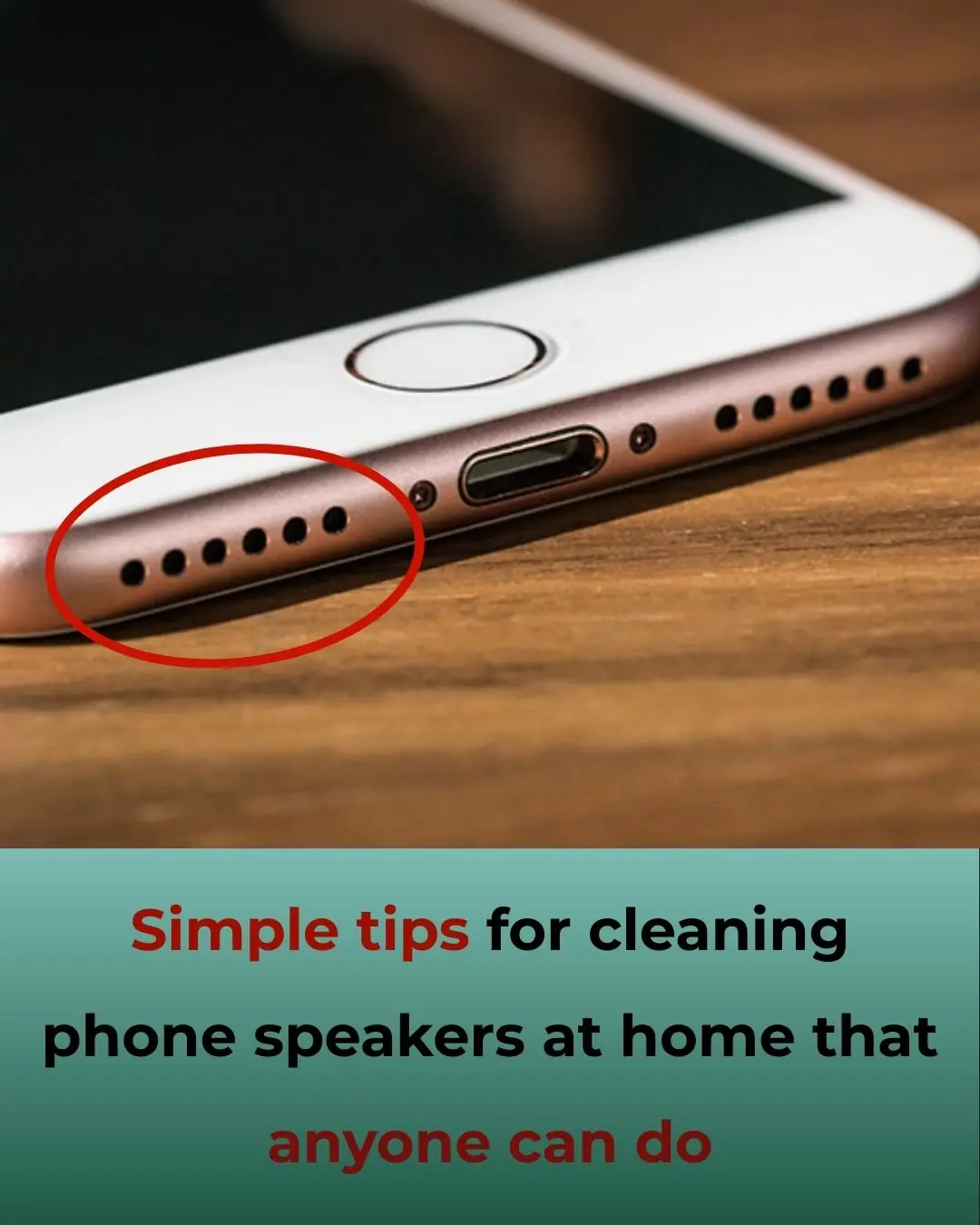
Simple Tips to Clean Your Phone’s Speaker at Home — Anyone Can Do It

How to Grow Sweet Potatoes in Bags Using Simple Sprouts – High Yield Method

When cooking crab soup, just add this, the crab bricks will form large, beautiful blocks

Applying ginger to the navel

Placing a Dish of Salted Lemons by Your Bed: 5 Powerful Benefits Few People Know About
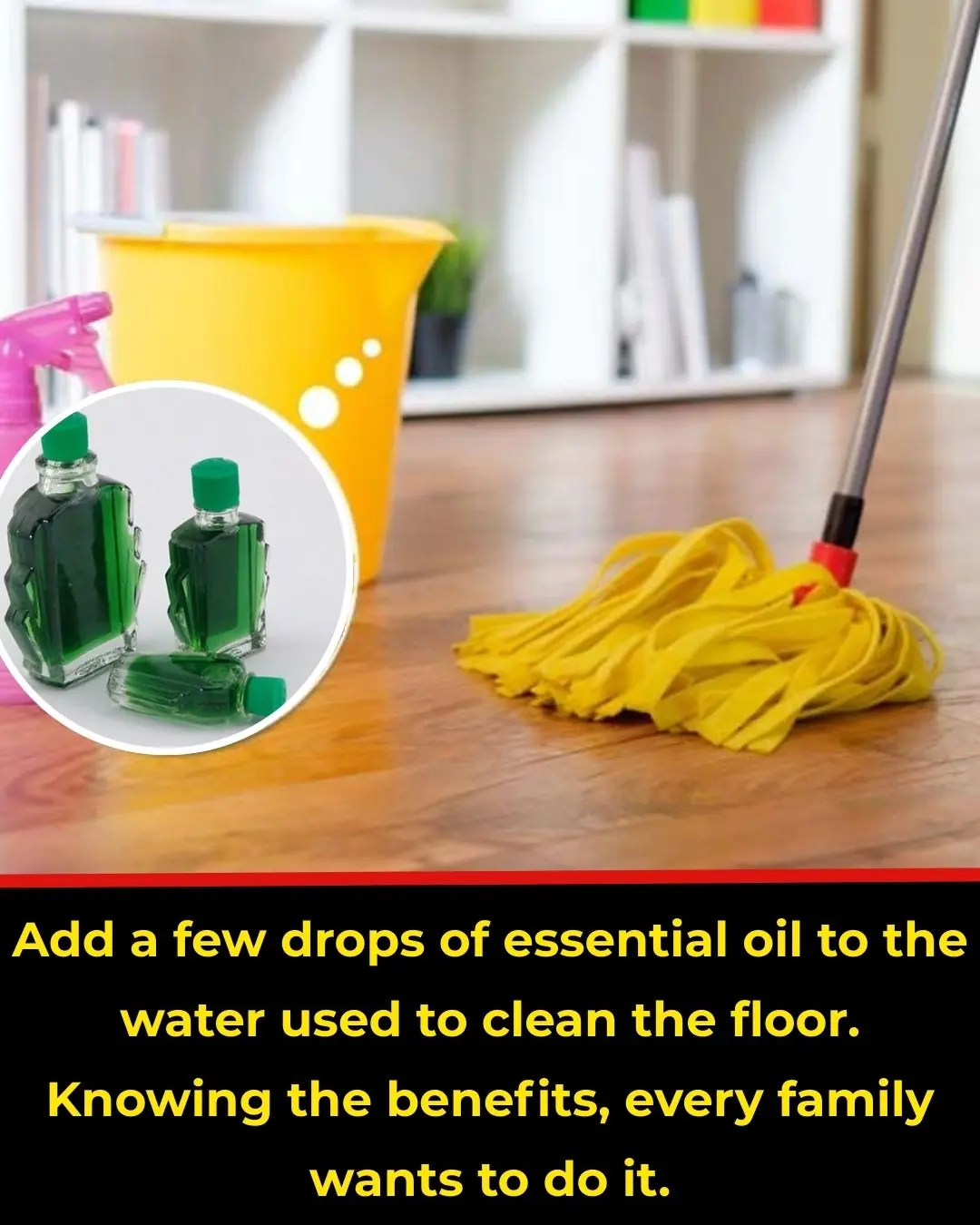
Add a few drops of essential oil to the cleaning water.

Large Navel Oranges vs Small Navel Oranges
News Post

NASA Spots Giant Butterfly-Shaped Coronal Hole Sending Solar Wind Toward Earth

Doctors Warn: 5 Everyday Habits Slowly Damaging Your Kidneys

93% of people won’t do this yet it lowers blood pressure quickly

4 Items You Should Never Store in the Freezer — Ignoring Them Could Be Life-Threatening

Subtle Signs of Kidney Cancer That Are Easily Overlooked

It’s Time to SAVE YOUR KIDNEYS by Eating These 3 Foods: Familiar but Not Everyone Knows How to Use Them

U.S. doctor reveals how to remove pesticides and dirt from fruits — just a few simple steps to protect your family

You’re storing garlic and onions wrong — here’s the right way

The Day a Judge Broke Protocol to Protect a Child.

The Giant Who Rushed Home for a Bedtime Story.

The Day a Burned Little Boy Met His Hero in Blue.

The Princess Who Saved Her Father.

The Mailman Who Became Her Shelter.

Forty-Eight Hours of a Mother’s Love.

Jack Andraka: The 15-Year-Old Innovator Who Sparked a New Wave of Early Cancer Detection Research

The Evolution of Public Road Speed Records: From the Mercedes-Benz W125 to the Koenigsegg Agera RS

New Antiviral Chewing Gum Made From Lablab Beans Shows Strong Virus-Neutralizing Potential in Lab Tests
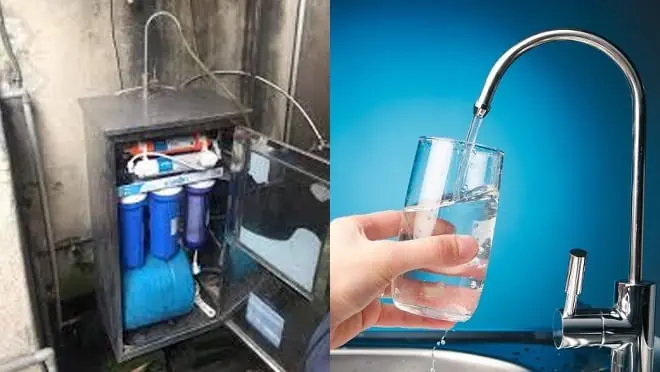
Misconceptions That Turn Water Purifiers Into a Source of Illness — Stop Them Before They Harm Your Family
